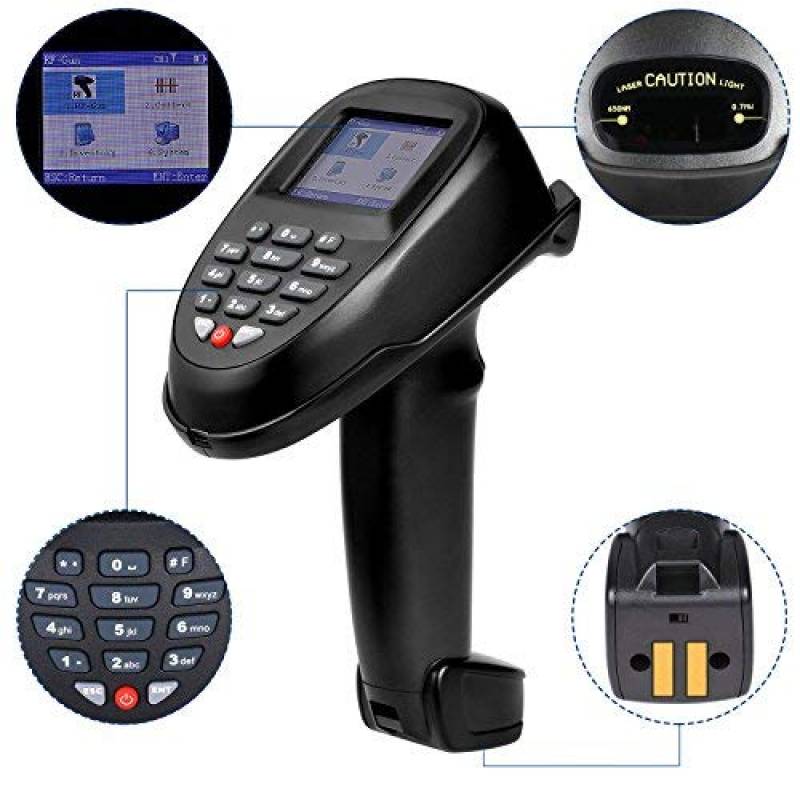
#FLASHCODE HEADQUARTERS CODE#
Morse code uses a series of dots and dashes to represent letters of the alphabet and is commonly understood across the world as a way of transmitting pieces of text. Observers, ideally with binoculars, will be able to see flashes of light - green in the northern hemisphere, where people will see the “front” of the satellite, and red in the southern hemisphere, where the “back” will be visible. “There is no practical aim to this, but it is a fun experiment that everybody can join,” he said.

He said he has also received requests from residents of cities in Italy, Germany, Brazil, Britain and Hungary. “Requests came from far more people than I expected - a man in Silicon Valley wanted to see it while another man wanted us to flash it over Central Park in New York,” Tanaka told AFP by telephone. The message was originally intended to be seen just in Japan, but people around the world have asked for the satellite to communicate when it overflies them, said Takushi Tanaka, professor at The Fukuoka Institute of Technology. Researchers hope the satellite, measuring 10 centimetres (four inches) cubed and launched from the International Space Station on Friday, will become the first orbiter to transmit an LED message across the night sky.

TOKYO, Japan – A palm-sized Japanese satellite in orbit around Earth will flash a Morse code message that will be visible around the world from next month, the mission commander said Friday, October 5.


 0 kommentar(er)
0 kommentar(er)
